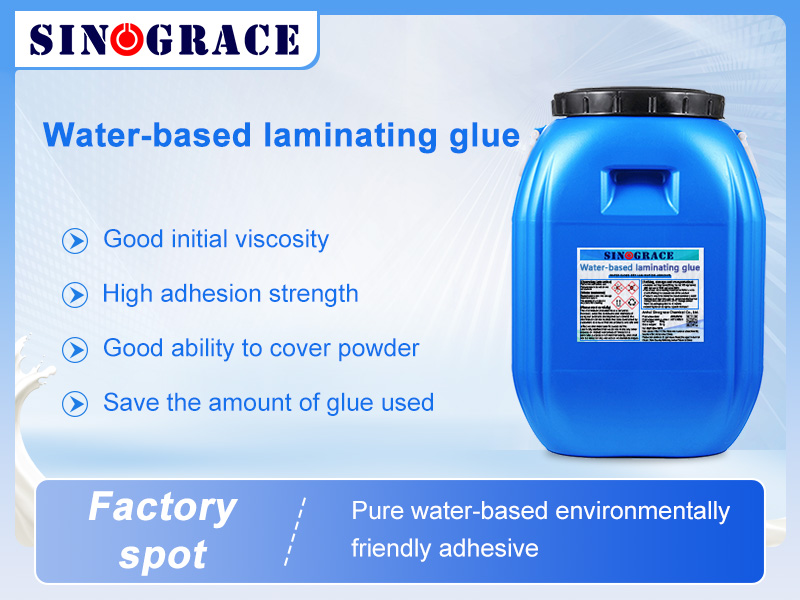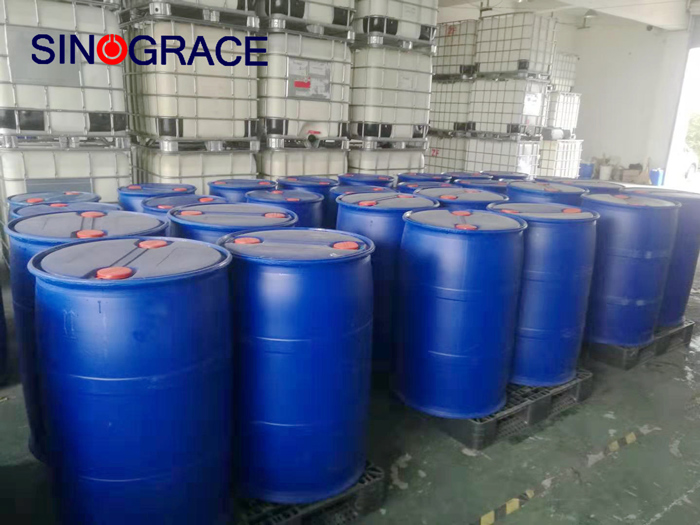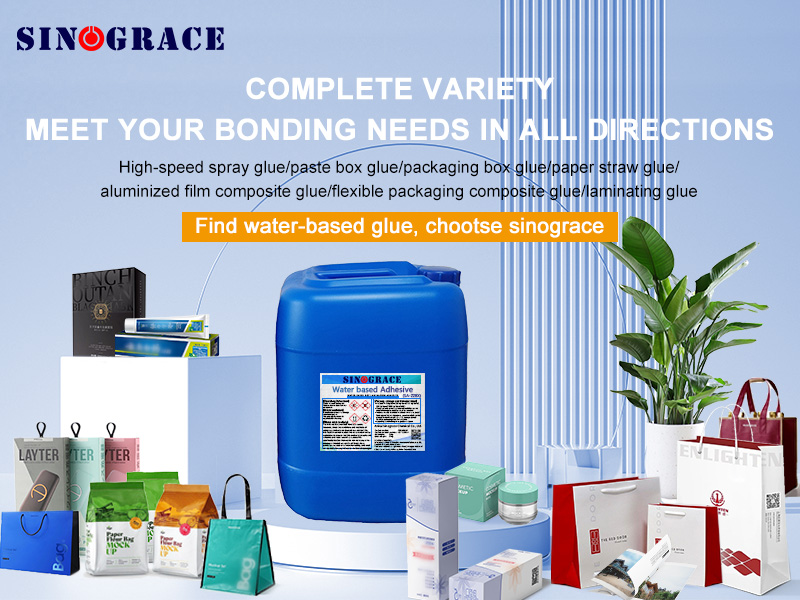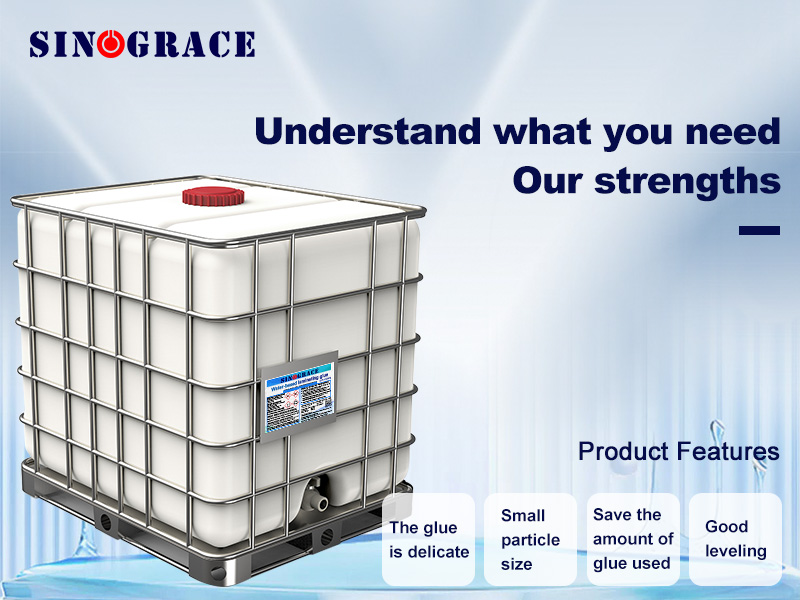Printed matter water laminating process precautions!
As we all know, printed laminating is one of the surface decoration processing technology of printed matter, which is the auxiliary process of printing. It is the plastic film bonded together with the printed matter through the adhesive to improve the surface gloss, strength and aesthetic effect of the printed matter, so as to make it water resistant and wear resistant, which is an effective means to improve the grade and commodity value of the printed matter. So measure the quality of laminating, but also mainly from the brightness of the product, strength, adhesion and other aspects to examine. For the laminating process, it mainly uses film and adhesive two types of materials. The film used for film covering mainly has bidirectional stretching propylene film (BOPP), polyvinyl chloride (PVC), etc., among which BOPP film is the most widely used. The adhesive used in film coating can be divided into oily film coating adhesive and water-soluble film coating adhesive. For water-based glue, the most commonly used in the production of EVA resin (ethylene vinyl acetate copolymer resin), acrylic resin, etc. In terms of its chemical structure, there are single components, there are two components. Since the development of water-based film laminating machine in the 1990s, water-based film laminating process has been vigorously promoted and applied. Water-based film laminating is favored by customers for its high brightness, high grade, easy recycling and no pollution. Since its establishment, Anhui Sinograce Chemical Co., Ltd., has produced many water-based lamp-coated adhesives to meet the needs of customers in various applications, such as wine cases, wine boxes, wine labels, handbags, posters, etc. In this issue, we discuss the water-based film coating process with you in the following aspects: ①Printing powder Because the water-based glue can dissolve the surface of the printing products, so when the coated products appear snowflakes, it is incomprehensible. In fact, the reason is very simple, the water-based glue itself will also be limited by solubility. When the amount of powder sprayed on the printed matter is greater than the dissolving capacity of the glue, the excess part cannot be dissolved or covered by the glue, and a large number of snowflakes will appear. In this case, there are the following solutions: 1.One,Coordinate the upper and lower processes to minimize the amount of powder spraying during printing. Because the powder spraying device and mechanism are not the same, so we are equipped with different production equipment to ensure the quality of products. 2.Two, in the film, the appropriate increase in the amount of glue, increase the ability of glue to dissolve powder. In the actual production, the maximum value of hanging glue is the maximum amount of hanging glue when the edge of the product does not overflow. 3.Three, before the coating will be printed surface suspension powder cleaning, can be taken to wipe the surface by hand,...
read more

 English
English français
français русский
русский español
español العربية
العربية








